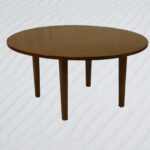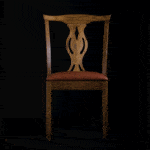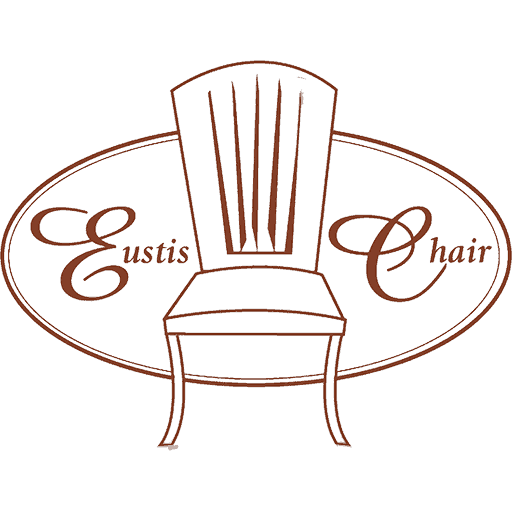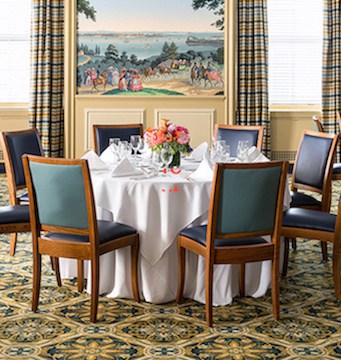When choosing a chair for a room or designing one from scratch, it can be tough to know where to start. With online shopping and so many sellers, where do you even begin? We’ve created this guide to help you make the right choice for your space and needs. So how do you design a chair? Read on to find out our tips!
Choosing a Material
The material of a chair is central to the rest of its design. Your choice to select hardwood, leather, fabric, wicker, vinyl, or plastic chairs depends on the circumstances for which you need them. One thing to consider with materials is longevity. Like vinyl and plastic, certain chair materials have benefits like easy cleaning and affordable prices but typically don’t stand the test of time like hardwood chairs or leather. So consider how long you would like to use the chair when designing.
Think about the material when both the framework of the chair and what will be visible to onlookers. For upholstered chairs, there must be a base to provide support for the fluffy outer layer. Should that frame be metal? Wood? Plastic? Depending on your needs, any of these options would be viable. For a dynamic chair that can recline or swivel, choose plastic or metal. For a chair that provides stability and gentle support, choose hardwood.
Chair materials also can contribute to the aesthetic of the room. Need help picking what material (or combination of material) is right for you? Read “Styles and Chair Designs” below to get the inside scoop.
Styles and Chair Designs
Leather and hardwood pair best with midcentury or transitional styles. In a dining room, bar, office, or any other space with a sleek look. Leather and hardwood add to an area that has elements of wood, metal, and stone. Whether your space leans industrial or rustic or somewhere in between, consider adding dark stained hardwood or leather elements.
Minimalism, or minimalistic styles, often feature natural wood as an elegant statement piece that doesn’t require additional decoration to make a cohesive room. In addition, natural wood is easy to pair with other items, making it perfect for a space with a few critical components rather than many.
For more eclectic styles, painted hardwood, wicker, and fabric chairs can be versatile, colorful, or both! When trying to find a middle ground between many styles, these materials are your go-to.
If your design leans towards maximalism, consider using upholstery in your space. Whether the whole chair is upholstered or an upholstered cushion sits on an exposed metal or wood frame, add upholstery for a luxurious vibe with any color scheme. For example, white velvet or colorful cotton upholstery lets you spice up your space and add an element of glamour. With the multitude of designs available, the possibilities are endless.
Traditional styles may utilize hardwood frames with upholstery or leather. Styles from formal dining rooms to bars benefit from the effortless class of a visually exciting chair. The quality materials and visible construction make any room look rich and thoughtful.
Finally, metal materials fit into industrial or farmhouse-style spaces. They may be the rarest on this list, but they can add a “wow” factor when used correctly!
Chair Joint Designs
When creating chairs that have wood components, connecting pieces of wood is an essential element. In addition, joinery, or joint design, plays a significant role in the aesthetic, durability, and creation of chairs with wooden elements.
Joints are often overlooked as an aesthetic component of a chair. A visible dovetail joint that displays the distinct tones and grains of hardwood can visually captivating design. Consider joints to be not simply a pragmatic choice but another opportunity to customize your design to fit your space.
Additionally, many chairs live long lives where their joints must hold up people of all sizes (and children of all levels of discretion). So joints are an essential part of keeping chairs upright and looking good as new. Joints also play a role in the chair’s ability to do things like stack, which may be important to you depending on your storage needs and how often you intend to use the chairs.
Consider Sustainability
Sustainability is a factor in designing a chair that many designers and manufacturers overlook. Eustis Chair puts sustainability at the forefront by using sustainable materials. When designing your own chair, consider purchasing recycled or sustainably sourced materials. This is more than just the base material! The use of hazardous chemicals, like toxic paints and stains, can be easy to forget but play a remarkable role in long-term sustainability.
Additionally, source your manufacturing thoughtfully if you choose to use one. A manufacturer who limits carbon emissions and prioritizes fair trade practices is an important component of sustainability.
For sustainability and beyond when designing a chair, make sure it fits your needs to avoid waste. Consider if the design will appeal to you long-term. Is the chair comfortable? Is it durable enough for your needs? The best chair designs are the ones that will last a lifetime.
At Eustis Chair, we design elegant, durable, sustainable chairs. Please browse our selection of chairs to get inspiration for your own creations, or contact us any time to get more information about any of our designs.
































